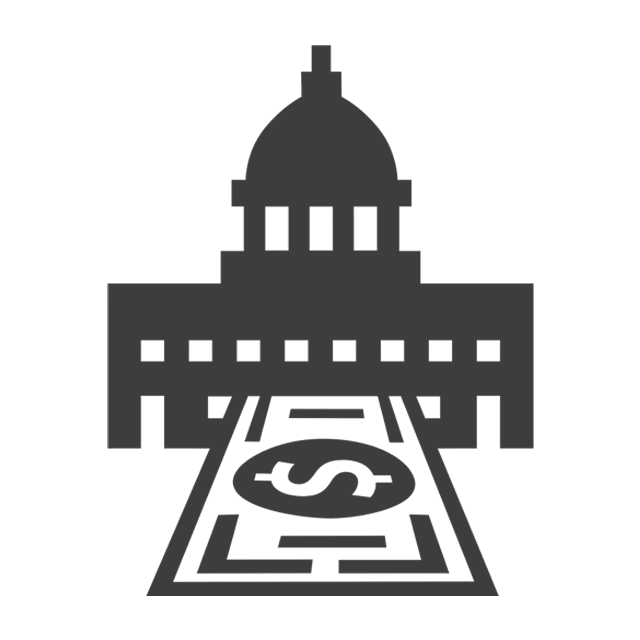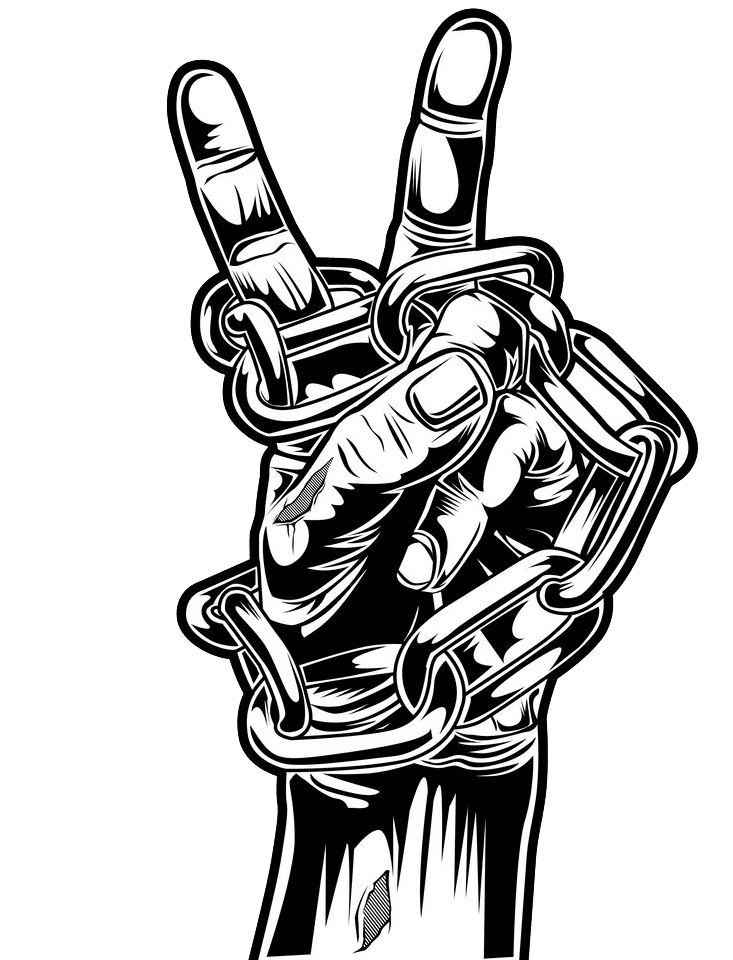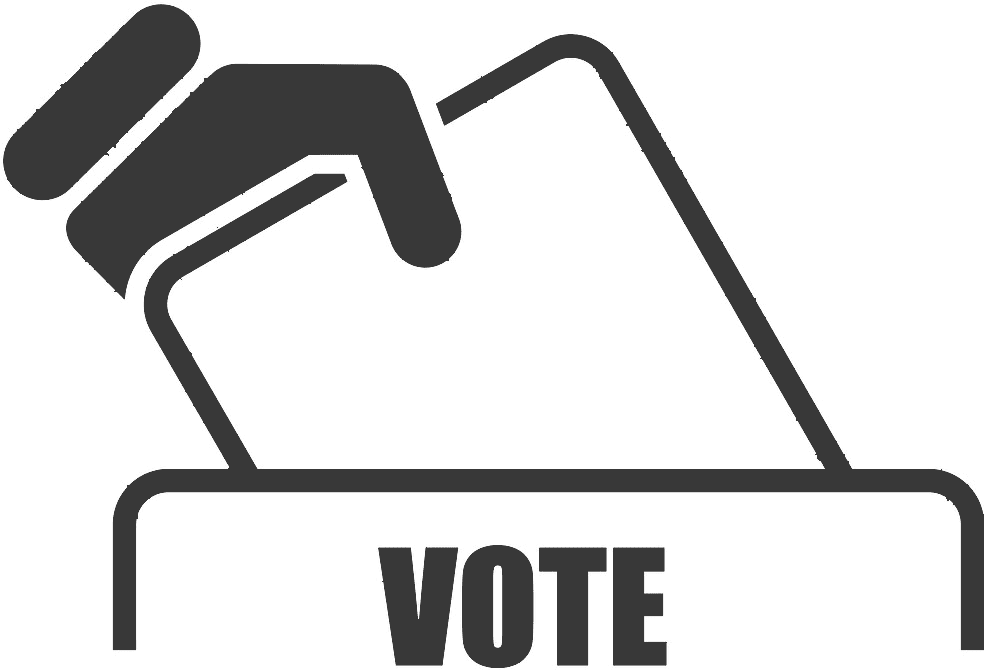Last month, Chicago was swarmed with protestors as public school teachers went on strike.

Kerry McDonald of Foundation for Economic Education wrote that 300,000 students spent “another day outside of the public school classroom,” thanks to this strike. For so much talk about public education being “for the children,” the decisions to publicly strike keeps kids from learning, while teacher unions hold out as long as possible before lawmakers gave them sweetheart benefits. To add insult to injury, these strikes are done on the taxpayer’s dime.
The topic of education tends to be sensitive in today’s polarized America. It’s no secret that education these days has substantial degrees of politicization and is treated as a universal right that the state must provide. However, some of McDonald’s observations in her piece reveal that private actors are more than capable of stepping up to the plate to provide children with a place of learning.
She noticed one interesting development in the midst of this strike, “Museums, churches, libraries, and a multitude of civic non-profits,” opened their doors to “children displaced by the teachers’ strike, and public parks and playgrounds abound.” Other organizations that provided a place for children to congregate during these strikes were the YMCA and its branches in Chicago. Per the CNN report, the YMCA helped provide programs that included “classes, swimming, math lessons, arts and crafts, and sports.”
Similarly, the city’s aquarium offered “immersive exploration opportunities for the children, along with an after-school care option.”
Civil society clearly made its presence felt during the strikes. Many proponents of government schools simply can’t fathom the idea of any non-state institution that is able to educate children. The Chicago teacher union protests demonstrated how quick civil society is able to fill in the void when the state becomes negligent in its duties (a common occurrence).
The freedom of association is a wonderful thing. Free people are able to craft solutions to the many problems we face. Although there are no quick fixes, free interactions in the marketplace allow people to muddle through and find existential problems they face in their daily lives. On the other hand, state coercion not only strips people of their agency as free individuals but also creates problems by removing important market mechanisms such as prices, profit & loss motive, etc. which are crucial for market innovation.
Historically speaking, America has had a rich tradition of education systems that were independent of the state — be it homeschooling, communal schooling, or private education. Such ideas of non-state education modules aren’t so radical when we look back. Understanding this history will allow us to use the tools of the 21st century to carve out freedom in the education sector. But first, we must get rid of the old dogma that the state must be in charge of education.
Big changes always start with changing foundational premises.




















